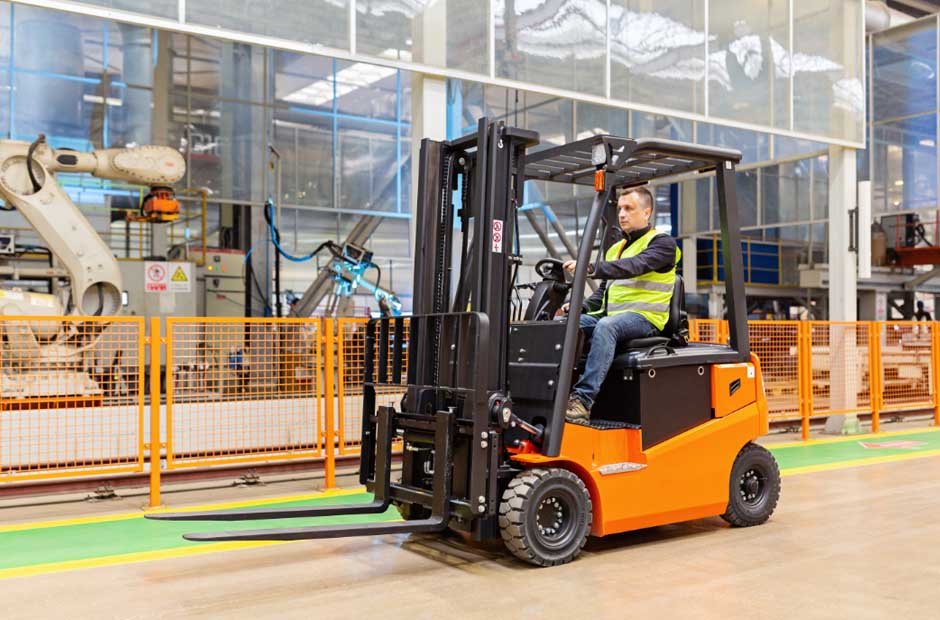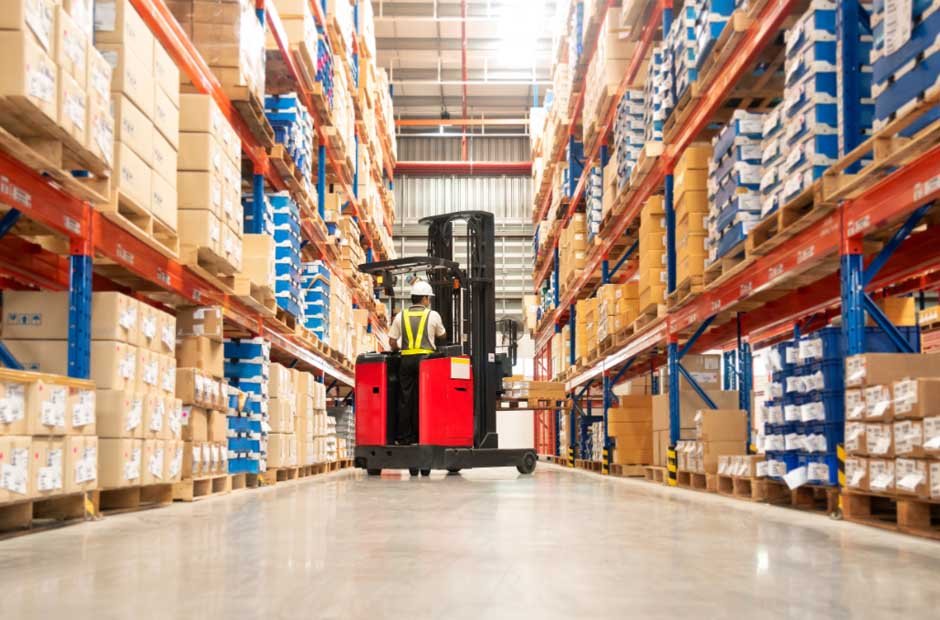Material handling is the movement, storage control, and protection of materials and products in a business. This process helps reduce costs, improve productivity, and enhance customer satisfaction. Moreover, it streamlines your supply chain, improves space utilization, and organizes your business operations better.
This guide offers insight into efficient material handling in your small business. Read on!
Table of Contents
Plan Your Material Handling Process
Every successful material handling process starts with proper and careful planning. Devising a workable plan informs you about the materials you should handle, the personnel you need, and the general direction to follow. Most large-scale manufacturers, including building, machinery, and bulk bag manufacturers, succeed with proper planning, and so should you.
In this regard, the following steps should help make your planning process fruitful:
- Identify bottlenecks: Identify areas where the material flow slows down, such as inadequate equipment or inefficient layouts, pointing out the underlying causes.
- Evaluate workflow: Identify the chronology of all tasks involved in material handling, as well as redundancies, so that you can eliminate them.
- Examine space utilization: Assess your storage and point out waste spaces, placing shelves, racks, and other alternate storage systems where they work adequately.
- Consider safety hazards: Identify hazards and risks in your material handling process, pinpoint predisposition areas, and protect your employees from injuries.
- Analyze error rates: Mispicks, damaged products, and incorrect quantities increase the error rate. To address these issues, try devising process improvement strategies or educating your employees.
- Seek employee and customer feedback: Employees and customers are the main stakeholders who can offer valuable insight into what you should improve.
Planning your material handling process is the pillar and driver of success. The process should be a continuous learning opportunity, and it helps to also benchmark against best practices from more successful third-party logistic providers.
Simplify And Optimize Warehouse Layout
It’s prudent to also review your warehouse’s layout to help you minimize unnecessary movement and maximize space. Moreover, analyzing inventory characteristics, including weight, size, and storage requirements, helps you determine areas that need a revamp.
It’s also prudent to pick appropriate storage systems that maximize space usage and consider utilizing vertical space for more storage room. Implement logical product placement by grouping similar items using demand patterns or product categories if feasible.
Your aisle design should also complement the material handling process by saving more space. Your aisle picks should complement the tasks and materials you plan to use. Wider aisles should comfortably accommodate larger forklifts, while automated guided vehicles (AGVs) can use narrow aisles. That should guarantee smooth material flow and seamless material handling.
Standardize Your Equipment, Packaging, And Storage
Your small business’s material handling conforms to an approach different from those of businesses in other industries. The required equipment also varies, but it helps to standardize it to be compatible with reputable supplies.
First, it’d be best to assess your material handling equipment needs. These can include pallet jacks and conveyors, and other automated systems. When choosing these implements, consider sustainability for your small business’s layout, load capacity, and maneuverability.
Standardizing your packaging and storage equipment that suits most of your products is also a great move. Materials that allow for efficient stackability, durability, and compatibility are ideal. Moreover, it’s more reasonable to standardize storage by analyzing your inventory characteristics such as size and weight. If possible, try developing guidelines for more efficient storage, including utilizing SKU numbers or organizing them based on frequency.

Educate Your Employees
Your employees will handle a vast range of materials throughout the process, so it helps to bring them up to speed by equipping them with the right knowledge and skills. The best way to guarantee proper education is by providing hands-on training by allowing them to operate and handle inventories and practice proper lifting methods. You can develop comprehensive programs that cater to all training needs, ensuring your team members are all-around, versatile, and effective.
Also, don’t forget to train your employees in safety, as material handling can involve interacting with hazardous materials. Educate them on the proper use of personal protective materials (PPE) and empower a culture of employees reporting impending issues and accidents. In addition, create refresher programs that are easy to follow and understand to make material handling more efficient.
Leverage Technology
Technology can hugely streamline operations and facilitate material handling in your small business. Radio frequency identification (RFID) for inventory management and tracking, enterprise resource planning (ERP) software, and barcode scanners can automate the process, making it more effective, which makes meeting your material handling goals easier. Moreover, the Internet of Things (IoT), cloud computing, and data analytics can process large volumes of data that you’d usually do manually.
Incorporating technology offers numerous other benefits, including allowing for data-driven decision-making, optimizing resource utilization, and enhancing safety as robots take over hazardous tasks. Moreover, the resulting efficiency helps improve customer services and prepares your small business to scale up.
Go For Efficient Transportation
Material handling typically goes beyond your in-house operations, and you may be prompted to work with third-party carriers, especially in a small business context. Your choice of carriers will determine the delivery times and whether or not the transportation will ensure all materials arrive at their destinations in one piece. It’s also ideal to engage transportation companies that charge affordably to avoid paying huge sums and misbalancing your financial books.
You can collaborate with other small businesses in your area to share costs and offset transportation prices. Maximize your load by combining multiple shipments to avoid numerous trips and leverage fleet management systems for a more efficient process. More importantly, it’s best to ensure your transportation practices are sustainable and follow recommended green practices to lessen your carbon footprint and avoid harming the environment.
Conclusion
Efficient material handling is handy for small businesses as it helps offset costs, improve customer experience, and assure profits. Thanks to technology, material handling has become much easier than before. If you’re operating a small business, knowing where to start with logistics and making it more practical can be challenging. Hopefully, this article has helped you determine the best practices to streamline the process, ensuring a resounding success for your business.










